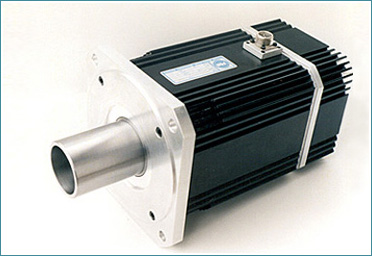Agree with you somewhat. The speed of the gases doesn't really give much contact time for the gases to exchange much heat with the pipe. The pipe will be accumulating heat rapidly; however the opposite for each gram of gas passing though at 300mph.Tommy Cookers wrote:what I always feel like saying seeing the topic (or myth ?), regarding the implied substantial loss of heat energy through the exhaust piping is .....
the exhaust gas is at a mean pressure of 5 bar, moving at a mean velocity of 300 mph in a plain pipe
if this situation has significant heat loss why do we ever need 'radiators' ?
ie devices whose surface area/transit time product is several orders of magnitude greater
my gut guesstimate is that the energy loss preventable by insulation is less than 1%
energy is wasted by irreversibity of (supersonic) port blowdown and manifold transition processes - this cannot be saved even by infinite insulation
if insulation significantly reduced energy loss why would we do it in an NA race application ?
exhaust energy loss and consequent pressure loss would be beneficial to NA
just saying .......
I can't think of much enhancements to the exhaust, so this theory may in fact be a myth; thought its fun to consider the possibilities.
On a different note, does anyone have details on the MGUH arrangement inside the V for the Merc engine?
It is different than the others because its a hollow shaft motor. I would like know how it is clutched, mechanisms for deactivation activation etc.





